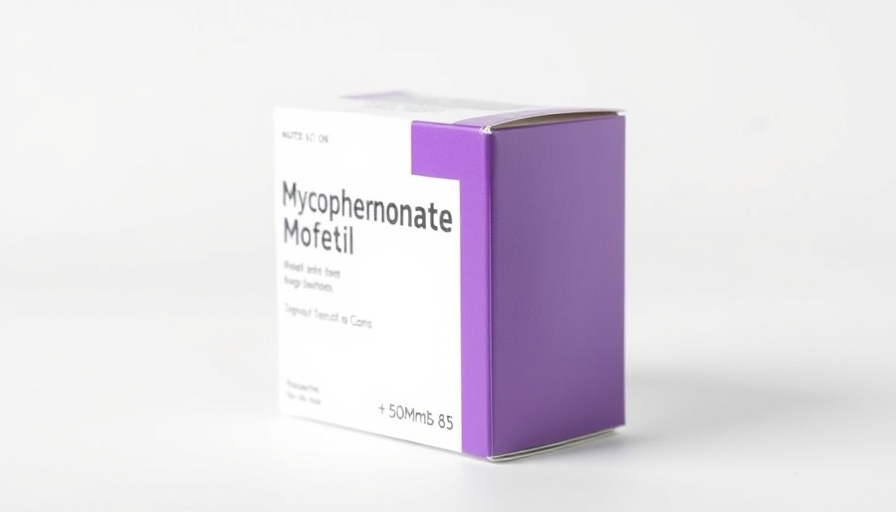
Supporting a Friend with Thoughtful Gifts
When a friend is feeling under the weather, the instinct to help is strong. While physical presence may not always be possible—especially if they're contagious—thoughtful gifts can convey your care and support. The right present can provide comfort during a challenging time, and here are a few innovative ideas that go beyond the typical flowers and get-well balloons.
1. Comfort Food Gift Baskets: Nourishing from Afar
One of the most beloved gifts you can offer a sick friend is a carefully curated gift basket filled with comfort foods. When illness strikes, appetites can dwindle; light meals like chicken soup or broth can be life-savers. These easy-to-eat foods, alongside pastries or cookies as treats, provide not just nourishment but emotional support. Whether dealing with the flu or recovering from surgery, these baskets can ease your friend's burden, allowing them to heal without the worry of meal prep. Including a heartfelt note enhances this gift, reminding them how much you care and encouraging them to focus on recovery.
2. Personal Care Items: Ensuring Comfort and Relief
During illness, self-care can sometimes take a backseat. Have you remembered the last time you were sick? The motivation to shop for essentials wanes while symptoms dominate. Gift your friend a collection of personal care items that can make a difference. From soothing throat lozenges to a comforting electric blanket, this thoughtful package can include items they'll use even after they're back on their feet. Add in a humidifier, herbal teas, and perhaps a self-care guide, and you've created a practical gift that says you care about their comfort and recovery.
3. Entertainment to Pass the Time: Keeping Spirits High
When sickness strikes, there will be times when sleep isn’t the only thing your friend needs. Boredom can become a side effect of illness. Curating a selection of entertainment options—like popular movie streaming subscriptions, engaging books, or a series of intriguing podcasts—can provide much-needed distraction. These thoughtful supplements can keep spirits high when physical health is low, showing your friend you understand that mental wellness is just as important as physical recovery.
4. Fill a Care Package with a Personal Touch
Finally, crafting a personalized care package can make all the difference. Think of including beloved snacks, a heartfelt letter, or even a hand-knit scarf. Tailored gifts speak volumes about your friendship and understanding. Each extra effort provides not just physical comfort but emotional support, reminding them they’re not alone on their road to recovery.
While distance and the spread of illness may keep us from visiting in person, thoughtful gifts offer a way to extend comfort and care. By selecting items aimed at easing discomfort and providing entertainment, you not only aid their recovery but strengthen your bond.
Whenever a friend struggles with illness, remember: a little thought goes a long way.
 Add Row
Add Row  Add
Add 




Write A Comment